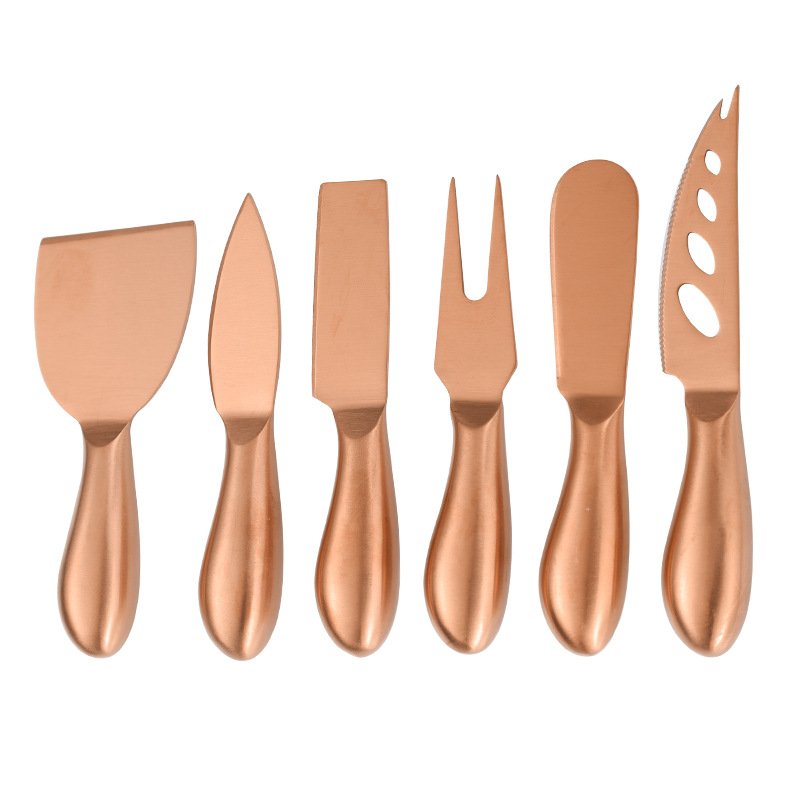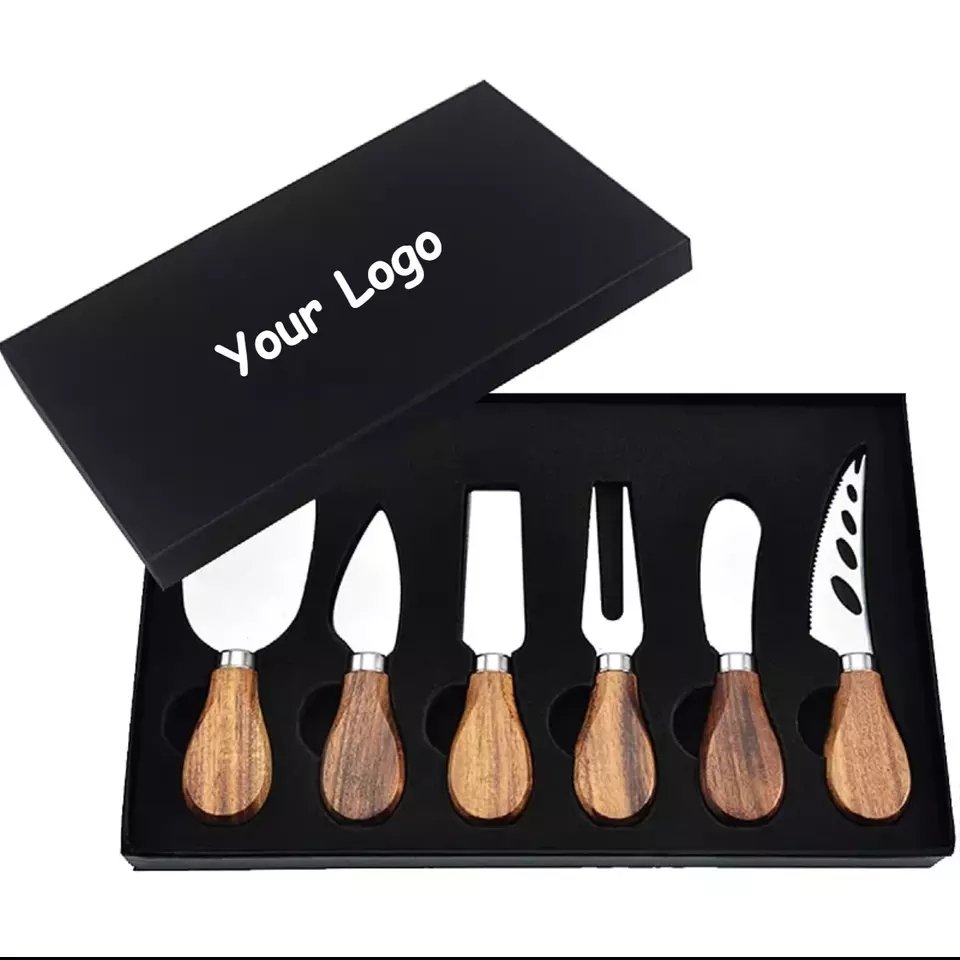Many wholesale buyers lose money, waste time, or damage their brand just because of five avoidable mistakes when sourcing flatware. Let’s not make the same errors.
The most common mistakes include ignoring steel grades, skipping samples, trusting the wrong supplier, and underestimating MOQs and branding costs. Learn how to avoid them.
If you’re planning to buy stainless steel flatware in bulk, you need more than a catalog and a supplier’s promise. You need awareness. In this article, I’ll show you the most common traps buyers fall into—and how to sidestep them like a pro.
Table of Contents
Are All Stainless Steel Grades the Same?
Many new buyers assume all stainless steel is equal. But using the wrong grade can harm your product’s durability and market positioning.
No, stainless steel grades differ in corrosion resistance, durability, and cost. 18/10 and 18/0 are the most common grades, and choosing the wrong one can backfire.
Understanding Stainless Steel Grades
Choosing the right stainless steel grade is not just about quality. It’s also about branding, compliance, and customer satisfaction.
What are the key differences between 18/10 and 18/0?
| Grade | Composition | Durability | Cost |
|---|---|---|---|
| 18/10 | 18% chromium, 10% nickel | Excellent corrosion resistance | Higher |
| 18/0 | 18% chromium, 0% nickel | Weaker, prone to rusting over time | Lower |
Buyers sometimes go with cheaper options like 18/0, thinking they save costs. But if your target market expects rust-free cutlery that lasts, 18/0 may cause customer complaints and returns.
I once had a buyer from Italy who insisted on 18/0 to cut costs. A few months later, he came back frustrated. His customers complained about rust spots. He ended up placing another order with 18/10. Twice the logistics cost, all because of one wrong decision.
Why does this mistake happen?
Because the price gap between 18/10 and 18/0 is big. If you’re buying in bulk, even $0.20 difference per set feels significant. But long-term brand reputation is worth much more than upfront savings.
Is It Okay to Skip Product Samples?
To save time or money, some buyers skip the sampling process and go straight to bulk orders. That’s risky.
No, skipping product samples can lead to unexpected quality issues, delays, or customer complaints. Always verify samples before placing large orders.
Why Sampling is Essential
Skipping samples is like marrying someone without ever meeting them. You’re committing budget and trust without seeing the real product.
Consequences of skipping samples
| Risk | Description | Impact |
|---|---|---|
| Quality Mismatch | Final goods don’t match catalog or spec sheet | Customer dissatisfaction, returns |
| Design Flaws | Shape, balance, or finish may be off | Poor user experience, brand damage |
| Functional Issues | Thickness or weight causes problems during use | Product rejection by retailers |
In my own business, I’ve had cases where the sample showed slight deviations in polish or thickness. Sometimes it’s due to manual handling; sometimes a new mold is being used. These details matter. If you don’t check a sample, you may end up explaining delays or reworking shipments later.
Some buyers also misunderstand samples as a delay or unnecessary cost. I always say: *“A $50 sample fee could save you a $5000 disaster.”*
Can I Ignore the Minimum Order Quantity (MOQ)?
Many buyers assume they can negotiate MOQs later. But ignoring MOQ realities causes production delays and hidden costs.
No, ignoring the MOQ can result in price hikes, rejected orders, or long lead times. Know the MOQ upfront to plan inventory and budget accurately.
MOQ Is Not a Suggestion—It’s a Production Threshold
Suppliers often have set MOQs for a reason. Tooling, raw materials, and labor make it inefficient to produce below that limit.
Why MOQ matters
| Factor | Description | Consequence of Ignoring |
|---|---|---|
| Production Efficiency | Below MOQ may require manual operation | Increased cost per unit |
| Raw Material Purchase | Suppliers buy materials in bulk | You may need to pay premium |
| Contract Terms | MOQs define pricing tiers | Higher unit price if MOQ not met |
Once, a client wanted only 800 sets while our MOQ was 1,000. He pushed hard for exceptions. Eventually, he agreed to the MOQ but only after a month lost to negotiations. Had we clarified and aligned earlier, he’d have received his goods weeks sooner.
Should I Trust a Supplier Without a Background Check?
Trust is essential, but blind trust is dangerous. A fancy website doesn’t guarantee a legitimate supplier.
No, always verify supplier credentials, certifications, and transaction history before making a deal. Trust, but verify.
How to Spot a Reliable Supplier
Even experienced buyers can fall for fake factories or dishonest brokers.
Supplier verification checklist
| Verification Step | Why It Matters | What to Look For |
|---|---|---|
| Business License Check | Confirms the company is registered | Match address and name with invoice |
| On-site Factory Audit | Confirms real factory vs. trading company | Machines, staff, production line |
| Certifications | Shows compliance with safety/quality | BSCI, ISO, LFGB, FDA, etc. |
| References or Reviews | Proof from past clients | Check Alibaba, Globalsources ratings |
A buyer from Turkey once shared a story where she paid an advance to a supplier she found through a social media group. The “factory” turned out to be a freelancer using borrowed photos. We helped her trace the IP and report the scam, but the money was gone.
Take the time. Vet the supplier. And don’t just rely on Google Images or PDF catalogs
Is Branding Too Expensive to Start With?
Some buyers think adding logos or custom packaging should wait until they scale up. But branding early is how you stand out.
No, branding isn’t a luxury. It’s a way to increase perceived value, justify your price, and grow your business faster.
You don’t need a huge budget to brand effectively. Simple logo engraving or customized sleeves can make your product feel premium.
Why early branding pays off
| Branding Option | Cost (Estimated) | Benefit |
|---|---|---|
| Logo Laser Engraving | $0.05–$0.15/unit | Professional look, brand recognition |
| Custom Packaging | $0.20–$0.50/unit | Differentiates product, higher resale |
| Gift Box Sets | $1.00–$2.00/set | Great for retail, e-commerce presentation |
In one of our early orders with a U.S. hotel chain, we added their logo for just $0.08 per piece. That small detail became a talking point in their customer reviews. It paid off in brand loyalty and repeat orders.
Buyers sometimes wait too long to build a brand. But a nameless product is easy to forget.
What is stainless steel flatware made of?
Some buyers assume “stainless” just means shiny metal. But the science behind it is important—especially when quality and safety are your top concerns.
Stainless steel flatware is mainly made of iron, chromium, and sometimes nickel. The exact mix defines its rust resistance, strength, and shine.
Understanding what goes into your flatware helps you explain value to your customers—and protect your brand from quality complaints.
Core elements of stainless steel
| Element | Function in Flatware | Typical Range in Flatware Grades |
|---|---|---|
| Iron (Fe) | The main base material | 70–75% |
| Chromium (Cr) | Provides corrosion resistance | 16–18% in most food-grade steel |
| Nickel (Ni) | Adds shine and improves corrosion resistance | 8–10% in 18/10, none in 18/0 |
| Carbon (C) | Enhances hardness and edge retention | Trace amounts (0.1–0.2%) |
In some countries, consumers are wary of nickel due to skin allergies. In those cases, I recommend 18/0, which contains no nickel. But if your priority is shine and long-term corrosion resistance—especially in humid or coastal areas—18/10 is a safer bet.
What is the best grade of stainless steel flatware?
There are many grades of stainless steel, but in cutlery, only a few really matter—and they all come down to balancing price and performance.
The best grade of stainless steel for flatware is 18/10. It has excellent resistance to rust, holds polish well, and is dishwasher safe.
Why 18/10 Is the Gold Standard in Flatware
Buyers often ask me, “Why is 18/10 so expensive?” I always say—it’s not expensive, it’s enduring.
18/10 vs. Other Grades
| Grade | Chromium | Nickel | Rust Resistance | Appearance | Common Use Cases |
|---|---|---|---|---|---|
| 18/10 | 18% | 10% | Excellent | High polish | Luxury hotels, high-end retail |
| 18/8 | 18% | 8% | Very Good | Slightly less glossy | Mid-tier restaurants |
| 18/0 | 18% | 0% | Lower | Duller finish | Budget retail, school canteens |
Some buyers think 18/10 is only about marketing. It’s not. I’ve seen hundreds of returns caused by using cheaper 18/0 in moisture-prone markets. Knives lost sharpness. Spoons discolored. That’s when they come back to me and say, “Next time, we’ll do 18/10.”
What is the stainless steel flatware considered to be top quality?
Not all “shiny” equals premium. Top-quality flatware is more than a material—it’s the combination of craftsmanship, finish, and function.
Top-quality flatware is made from 18/10 stainless steel, features full-tang or forged knives, seamless polish, and passes international food-grade tests.
Defining “Top Quality” Beyond the Material
Let’s break it down. Because even within 18/10 steel, some pieces are better than others.
Features of premium flatware
| Feature | What It Means | How to Spot It |
|---|---|---|
| Material | 18/10 stainless steel | Supplier provides composition certificate |
| Knife Construction | Forged or full-tang | Heavier knife, no hollow sound |
| Mirror Polish | Multiple stages of buffing | Uniform reflection, no cloudiness |
| Weight Distribution | Balanced handle and head | Comfortable grip, doesn’t tip or wobble |
| Certification | Meets LFGB, FDA, DGCCRF | Ask for test reports with lot number |
We once shipped an order to a five-star resort chain. Their inspection required visual, weight, and corrosion tests. Our 18/10 line passed all levels, but what surprised them most was the seamless polish—it reflected like a mirror. That moment reinforced my belief: quality isn’t just a spec—it’s the whole experience.





